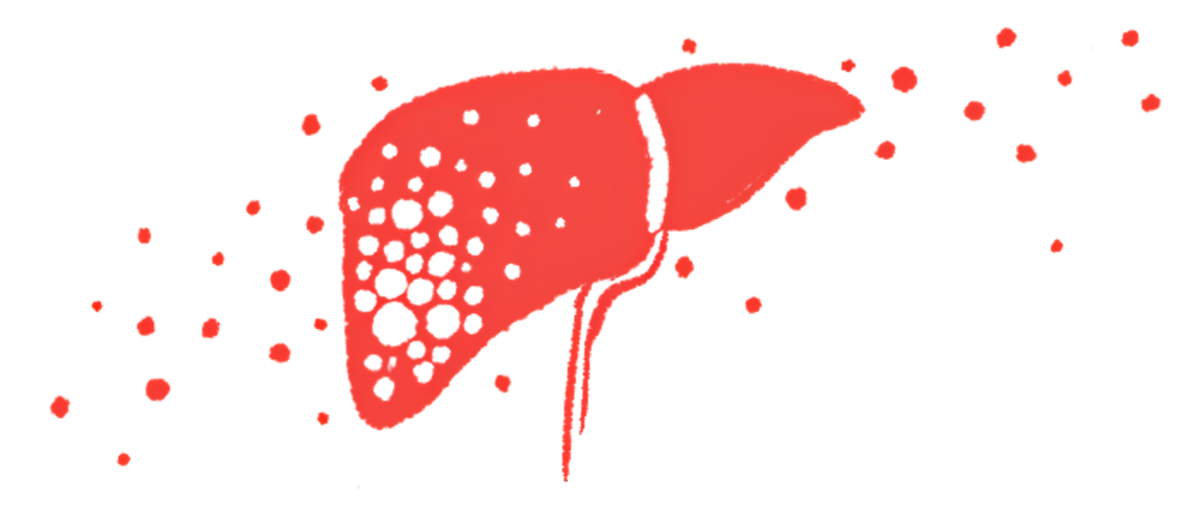Acquired hemophilia linked to rare liver disease: Case study
AHA-PBC connection not previously documented, researchers say

Acquired hemophilia A (AHA) arose in a 48-year old man with primary biliary cholangitis (PBC), an autoimmune liver disease, according to a case study.
While AHA has been associated with autoimmune disorders, the researchers said a connection between AHA and PBC had not been reported previously. While “the pathogenic mechanisms of this association are not yet fully understood,” they wrote, “prompt recognition of the diagnosis is required to provide timely and adequate therapeutic management.”
The study, “Atypical acquired hemophilia linked with primary biliary cholangitis: a unique case presentation,” was published in Future Science OA.
Hemophilia is a disorder that impairs the normal process of blood clotting, leading to excessive bleeding and other symptoms. Absence or dysfunction of different proteins involved in blood clotting can cause different types of hemophilia. In hemophilia A, the most common type, these deficiencies occur in a protein called factor VIII (FVIII).
While most hemophilia types have a genetic origin, there is a rarer, acquired autoimmune form of the disease that can develop during a person’s lifetime. In AHA, the body produces antibodies that target FVIII, resulting in a dysfunction similar to that seen in hemophilia A.
Man seeks help for bleeding after tooth extraction
Acquired hemophilia can arise in association with other underlying conditions, such as autoimmune diseases, infections, and cancers. However, “as of now, there are no widely recognized or well-documented reports directly linking acquired hemophilia with primary biliary cholangitis,” the research team wrote.
The researchers in Tunisia reported a link between AHA and PBC, an autoimmune liver disease involving the bile ducts, in a man who came to the hospital after a tooth extraction caused an abnormal amount of bleeding.
He had a low red blood cell count, and through several tests his clinicians discovered his blood was clotting slowly and determined that a FVIII deficiency was the cause. Because he had no personal or family history of bleeding to suggest an inherited FVIII deficiency, the team suspected the disease had an autoimmune origin. The AHA diagnosis was made when another test revealed the presence of antibodies targeting FVIII.
Another early test showed impeded flow of bile, a fluid produced by the liver to aid with digestion. A CT scan also showed his liver had an abnormal shape. Antibody testing helped the team diagnose PBC after ruling out other possible liver diseases, such as hepatitis.
Their treatment approach aimed to separately address AHA and PBC. Initially, the man received conventional replacement therapy, which delivers a version of FVIII in an attempt to restore blood clotting. Because the man failed to respond to the treatment, his clinical team put him on Novoseven (eptacog alfa [activated]), a medication that can promote blood clotting through mechanisms that bypass the need for FVIII.
He was transferred to the gastroenterology department, where clinicians administered Ursolvan (ursodeoxycholic acid), a first-line therapy for PBC.
Several possible mechanisms could link AHA and PBC, according to the team. Most are related to a dysregulated immune system and genetic and environmental factors that could predispose someone to autoimmune disorders. For example, the development of antibodies targeting FVIII in AHA and the development of PBC may involve a category of immune molecules called HLA-Class II components. Infection or exposure to certain drugs may also precipitate either condition.
Although the connection between AHA and PBC is not entirely clear, the research team noted the importance of timely diagnosis and treatment in unusual cases like theirs. They also concluded that treating AHA and the underlying liver disease separately helped reduce the combined burden of the two conditions.
“Concerning this case, the association of two diseases could have darkened the prognosis,” they wrote. “However, an adequate and therapeutic management of each [disease], in a separate way, had given better results.” They added that “close coordination between [blood specialists], biologists, and [liver specialists] is essential for the effective management of these cases.”







